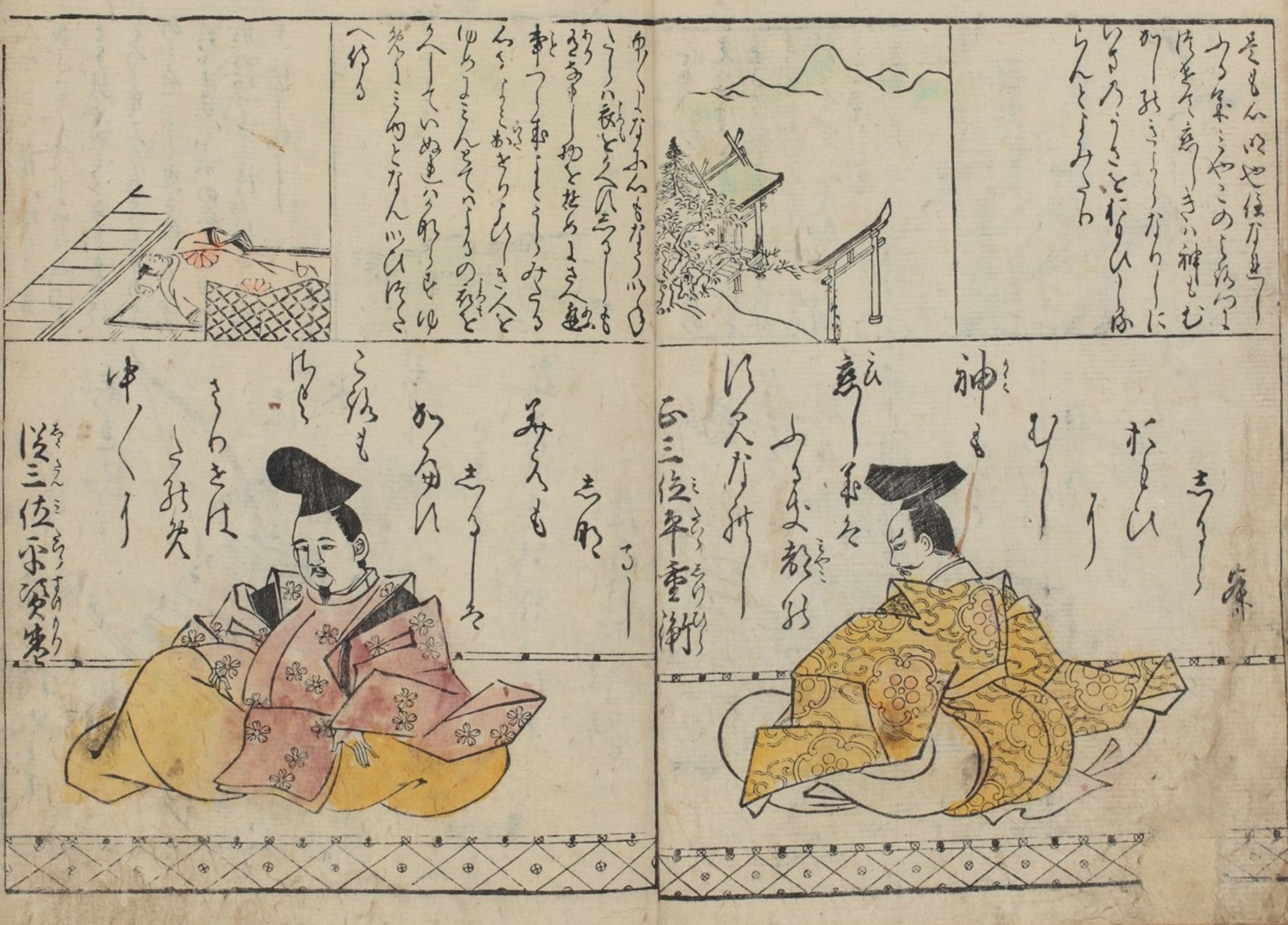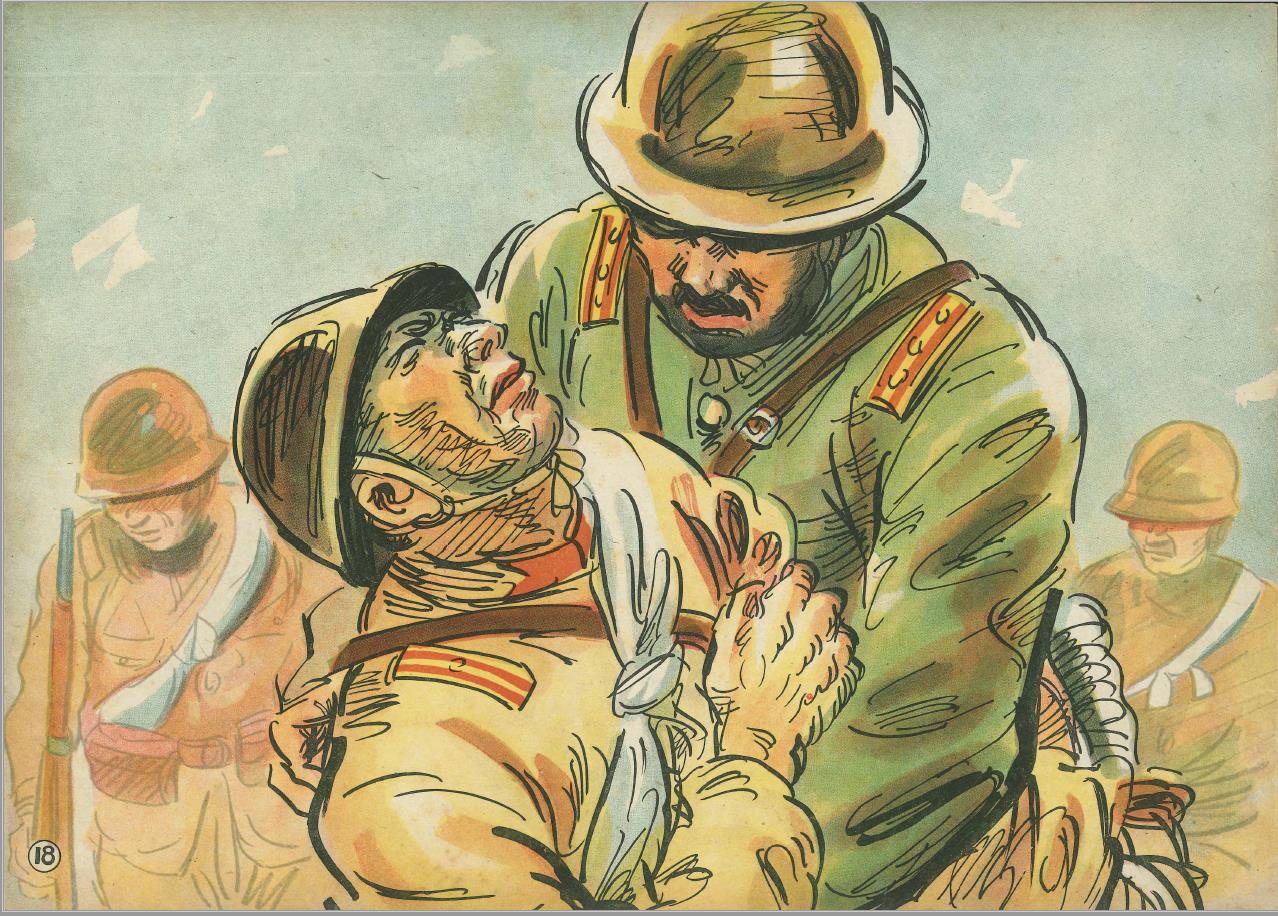Navigation auf uzh.ch
Navigation auf uzh.ch

Embodied Poems and Samurai Love: Poems for Screen-Paintings (Byōbu-e) and Imaginary Portraits (Kasen-e)
Prof. Joshua S. Mostow (University of British Columbia)
Thursday, April 11, 2024, 18:15–20:00
University of Zurich, Rämistrasse 59, Room RAA-G-15

Ecce homo: the Japanese Male Body in Pain in WWII Visual Propaganda
Prof. Sharalyn Orbaugh (University of British Columbia)
Thursday, April 11, 2024, 18:15–20:00
University of Zurich, Rämistrasse 59, Room RAA-G-15
More Information

MasterTage: 7th March, 2024
11:00–12:00
MA studies in East Asian Art History: Presentation with students
(in English, together with Art History in a Global Context)
Online via Zoom
Public Lecture:
Contemporary Kimono: From Family Ceremonies to High-fashion Communities
Prof. Lucile Druet, Kansai Gaidai University
Friday, 22nd December 2023, 18:00-19:00
Rämistrasse 59, 8001 Zürich, Room RAA-G-15
Abstract
For the past three years the traveling exhibition “Kimono: Kyoto to Catwalk” has been highlighting several important perspectives about the design and the sartorial practice of kimono. The show engages the different garments’ material and cultural specificities, how the kimono is connected to ideas of class and identity while inspiring a variety of fashion creators from the Edo period to our contemporary age, inside and outside Japan. This presentation focuses on the latest segment of the kimono’s complex history, namely from the postwar to the Covid-19 era, examining how such an iconic mode of dress as kimono continues to interpellate concepts of immutability, transmission and family as well as innovation, playfulness and creativity. By using a variety of visual and textual references (from the exhibition, personal research and observations), it aims at showing how kimono is spectacularly global and local at the same time, and how kimono “traditions” can be innovative while new creations can surprisingly be conservative.
Lucile Druet is Associate Professor of Japanese Arts for the Asian Studies Program at Kansai Gaidai University (Hirakata, Osaka). Her teaching covers literature, painting traditions, theatrical performances, film and Japanese fashion, focusing on kimono. Interested in the intersection of clothing and embodiment, she researches how kimono is currently practiced in Kyoto (Maiko and Geiko communities, rental and second-hand shops) and how it appears in works of fiction (Tanizaki Jun’Ichiro, Ariyoshi Sawako, Hayashi Mariko) and poetry (Izumi Shikibu, Yosano Akiko).
Flyer (PDF, 161 KB)
This lecture will be held in English and is open to the public (no registration is necessary).
For questions, please contact the Section for East Asian Art History: kgoa@khist.uzh.ch